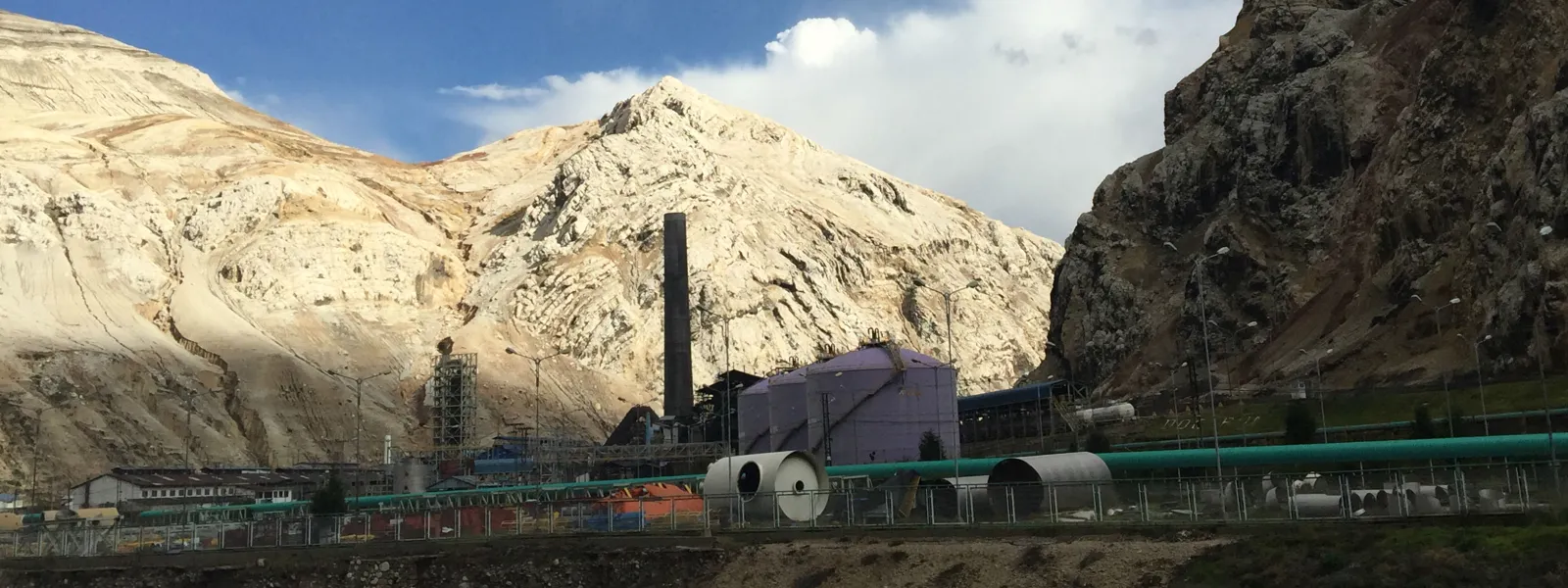
Peru begins testing La Oroya residents affected by toxic pollution
In May 2016, the IACHR required the Peruvian State to protect the life and integrity of 14 additional people affected by the heavy pollution of La Oroya’s metal smelter. Just last week, medical examinations began to evaluate the levels of heavy metals in the beneficiaries.
La Oroya, Peru. Last week 7 residents of the city of La Oroya were tested for concentrations of heavy metals in their bodies resulting from long exposure to toxic air pollution from the local metal smelter. The tests come five months after the Inter-American Commission on Human Rights (IACHR) requested that the State extends precautionary measures granted in 2007, increasing the number of beneficiaries from 65 to 79.
In May, the Commission urged the State to take necessary measures to protect the life and personal integrity of the 14 additional residents of La Oroya. The measures include “conducting the necessary medical assessments to determine the levels of lead, cadmium and arsenic in the blood in order to provide medical attention in accordance with applicable international standards.”
Following pressure from civil society organizations, medical evaluations were finally completed on seven of the new beneficiaries. In addition to testing for heavy metals, evaluations were also made in the areas of nutrition, dentistry, psychology, internal medicine, pulmonology and gastroenterology.
The results should be processed by the Center for Occupational Health and Environmental Protection and delivered to the beneficiaries in a period of no more than 45 days.
The Ministry of Health promised that those who require medical treatment will be attended to by specialists in Huancayo or Lima, as the Health Center of La Oroya doesn’t have the capacity to do so. The government also promised a new date for the measurement and evaluation of beneficiaries who couldn’t attend the first set of exams.
On behalf of the organizations representing the victims, we hope this is the first step towards full compliance with the precautionary measures requested by the Commission. The measures request not only testing, but also specialized medical treatment and appropriate follow-up with each of the beneficiaries—those included in the original 2007 measures, whose protection remains in force, as well as those included in the extension granted this year.
“Despite the fact that the precautionary measures were issued nearly 10 years ago—calling for urgent actions to protect the health of beneficiaries—they have not yet been fully implemented. For years the health problems of the beneficiaries have not been properly cared for,” said Christian Huaylinos, attorney with the Asociación Pro Derechos Humanos (APRODEH).
The State must urgently address the condition of health services in La Oroya. The local health center is operating in a state of crisis, in a place that has been declared uninhabitable by the National Institute of Civil Defense. It has only five doctors for 66,000 people in La Oroya and in the surrounding Yauli province.
“La Oroya’s structural problems with health and the environment must be solved urgently,” said María José Veramendi Villa, attorney with the Interamerican Association for Environmental Defense. “The Commission must immediately issue its final report on this case, which was first presented nearly a decade ago. The victims have been waiting all this time for justice. If the State is truly committed to the people of La Oroya, that commitment must be shown through full compliance with the eventual recommendations of the Commission.”
